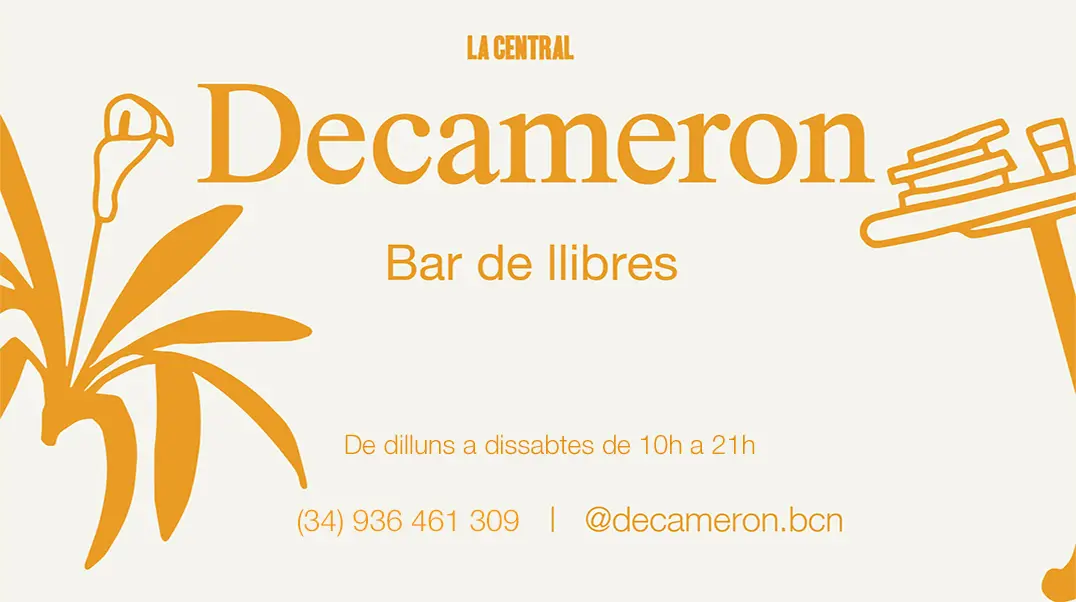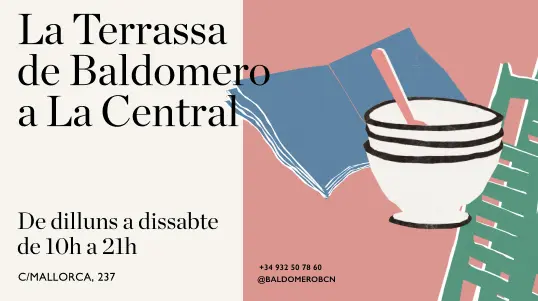In the Studio. Phyllida Barlow


In the Studio. Phyllida Barlow

Sobre el libro In the Studio. Phyllida Barlow de publicado por Hauser al 2025:
Over six decades, British artist Phyllida Barlow (1944–2023) developed a transformative approach to sculpture, creating restless, invented forms that placed audiences in new relationships with the object, the gallery environment and the world beyond. Though she made art steadily throughout her life, it was only after Barlow retired from teaching that her work came into greater public prominence. Barlow employed a distinctive vocabulary of inexpensive materials such as plywood, cardboard, plaster, cement, fabric and paint. Drawing on memories of familiar objects from her surroundings, she worked in an anti-monumental tradition characterized by her physical experience of handling materials, which she transformed through processes of layering, accumulation and juxtaposition. Her large-scale sculptural objects are frequently arranged in complex installations in which mass and volume seem to be at odds with the space around them. In this guide to Barlow’s studio practice, curator Frances Morris explores the development of Barlow’s work and the making, unmaking and remaking, chance, mishaps and changes of mind through which the artist produced her pioneering works of art.Altres persones que han llegit In the Studio. Phyllida Barlow de han escollit
El llibre In the Studio. Phyllida Barlow de pertany a la matèria
Veure altres ressenyes de Art
Ressenya
Marc Fumaroli
“Mundus muliebris”. Élisabeth Louise Vigée Le Brun, pintora del Antiguo Régimen femenino
Vigée Le Brun era hija de padre pintor y, además, esposa de un marchante de arte, hecho este último que la hacía candidata inaceptable en la Academia de pintura y escultura.

Ressenya
Marta Piñol Lloret
Mitos e imágenes
Las imágenes que nos rodean pueden surgir o pueden adquirir un significado mítico. Imágenes próximas, imágenes místicas, imágenes de empoderamiento, imágenes sobre los principios y los finales, tod...

Ressenya
Sarah Watling
Mañana quizá el futuro
Mañana quizá el futuro nos permite a los lectores de hoy entrever cómo en la historia se da constantemente una lucha por el relato, además de vislumbrar a una generación rebelde dispuesta ...

Ressenya
Joana Masó y Éric Fassin
Elsa von Freytag-Loringhoven. La artista que dio cuerpo a la vanguardia
Alrededor del año 2000, el hallazgo de varios documentos inéditos hizo que la crítica planteara la posibilidad de que la Fontaine (1917), obra firmada por R. Mutt, y generalmente atribuida...
























































